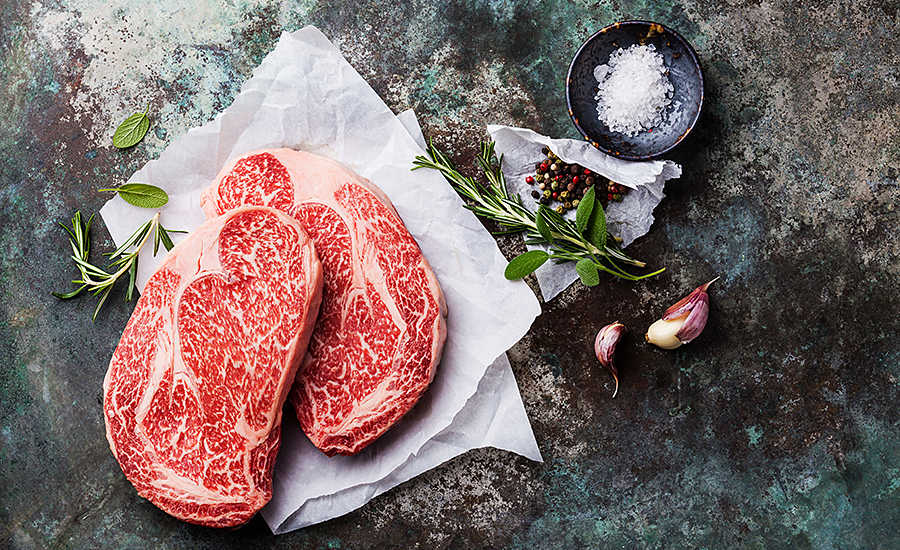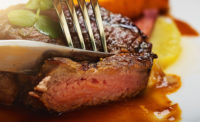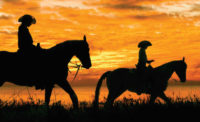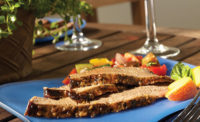Guest Commentary
Consumers getting the marbling message

Recently, I made two pilgrimages to the greater Kansas City area. This wasn’t to just take in the city’s legendary barbecue, but to connect with meat industry students and professionals in our nation’s heartland.
On one of those trips I had the privilege of speaking to a group of cattle producers from all over the great state of Kansas. While preparing, I was amazed by what I dug up on some recently reported beef carcass quality data by U.S. Department of Agriculture (USDA).
In short, the beef grade looks rosy.
Since 1991, the National Beef Quality Audit (NBQA) has been conducted approximately every five years as a barometer reading of the beef industry in general. The NBQA is an in-depth look into all things affecting beef quality and consumer acceptance. As a meat scientist, one characteristic I look forward to is the report of the marbling scores observed during the study. The researchers report observations of rather large data sets of young fed cattle harvested in commercial facilities in the U.S. Over time, I have observed a rather obvious change in the beef carcasses grading higher after each successive audit.
Looking at the percentage of beef carcasses observed and the marbling scores to which those carcasses were assigned, based on the NBQA since 1995, the trend is obvious. Of those beef carcasses receiving a grade (Select, Choice or Prime) we’re seeing an enormous decline in the percentage of carcasses grading Select and an increase in the percentage of carcasses grading Choice and Prime. That’s exciting.
For those who may need a bit of help in beef carcass basics let me explain. The higher the USDA grade (Prime being the highest, followed by Choice then Select), the greater the value for the meat from that carcass. Generally speaking, more marbling will indicate a higher grade (keeping carcass maturity constant). A big contributing factor for palatability acceptance is marbling amount. Marbling, or intramuscular fat, in greater amounts will lend the meat to a better chance of a high-quality eating experience. Therefore, if a carcass has a higher amount of marbling than a cohort, that carcass will offer a better chance for a high-quality eating experience than its counterpart. We predict that potential eating experience using the USDA grading system as a means of third-party verification.
Another question that might come about from the inquisitive minds is what might be causing this? Contrary to long-ago opinion, fat is becoming a much more acceptable nutrient in the human diet. Fat really influences flavor, tenderness and juiciness, especially when we’re talking about beef. Fat can be deposited in a variety of places in the bovine body; however, the coveted and more elusive fat is the marbling. Some animal scientists have known for a while that marbling fat deposition is a heritable trait. If the bull has good marbling potential and the cow has good marbling potential, the calf should have good marbling potential. Marbling, however, also requires the animal to be on a high plane of nutrition, meaning it needs to have a sufficient amount of high-quality feed in a well-balanced ration to be able to deposit the fat in its body. Both of these variables — genetics and nutrition — are some of the most costly inputs in the livestock industry. So, why are we seeing an improvement in the USDA grades and marbling scores over time when, in painfully simple terms, the two costliest inputs to achieve those grades are also some of the most necessary? My theory is the consuming public is willing to pay for that quality.
With the dramatic improvement in the USDA Prime grade (8 percent of graded cattle in 2018) and the continuing drop in USDA Select grade, there seems to be an obvious signal to ranchers to raise high-quality beef. Furthermore, the success of premium branded beef programs shows that consumers are picky about the quality and consistency of the cuts in the form of dimension, size and, at times, breed specificity.
Beef is not only a tasty treat for those who enjoy its unique satiating characteristics, but also a great avenue for business growth as long as the value chain continues to focus on quality and meeting the gustatory demands of the dining customer while being affordable. NP
Looking for a reprint of this article?
From high-res PDFs to custom plaques, order your copy today!






